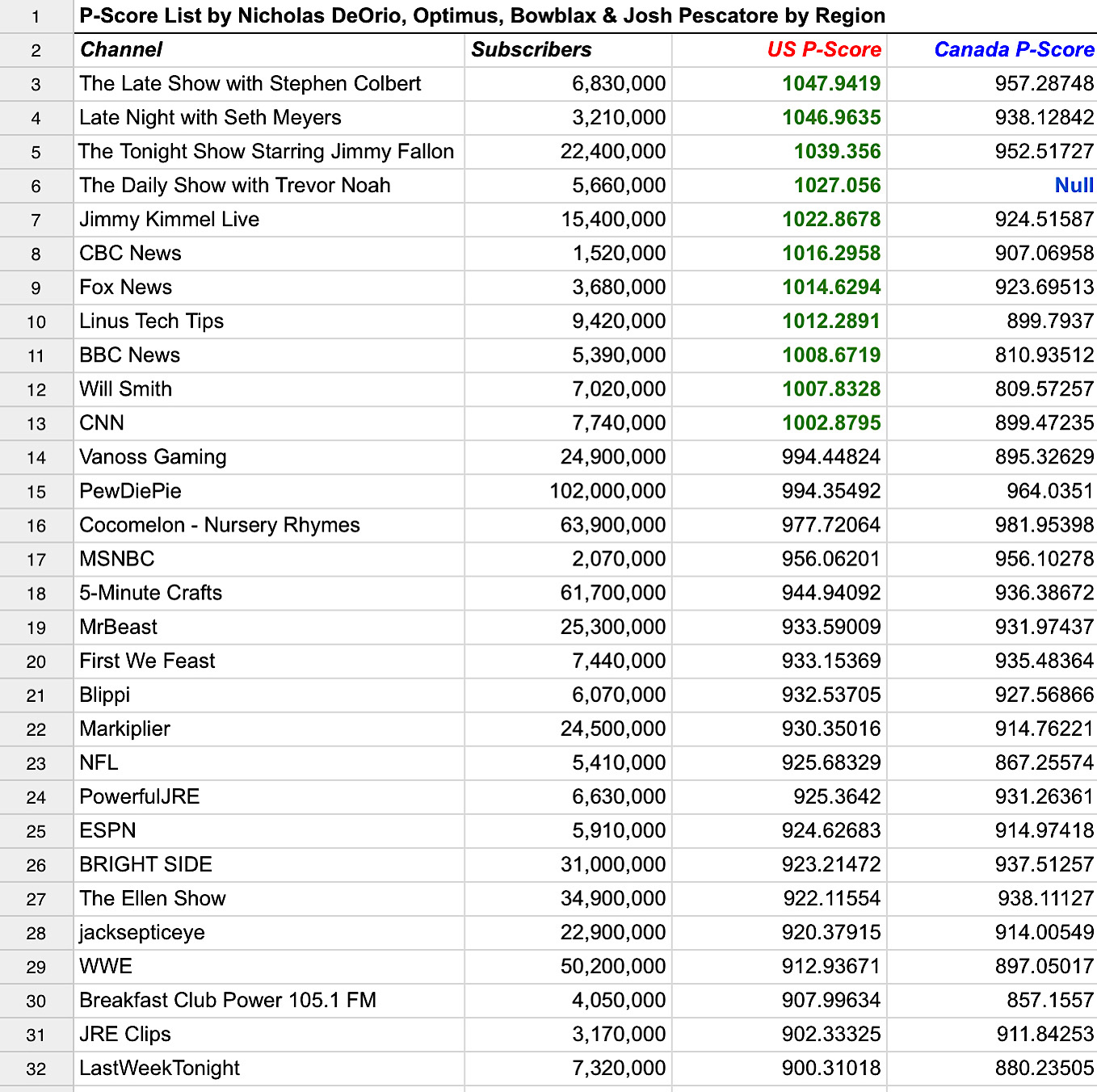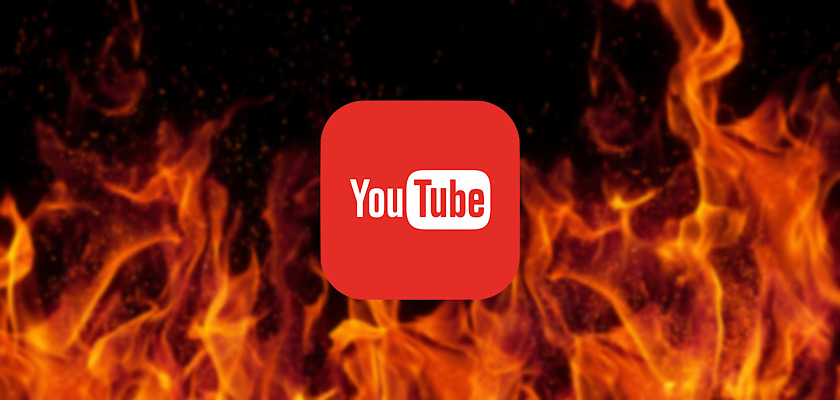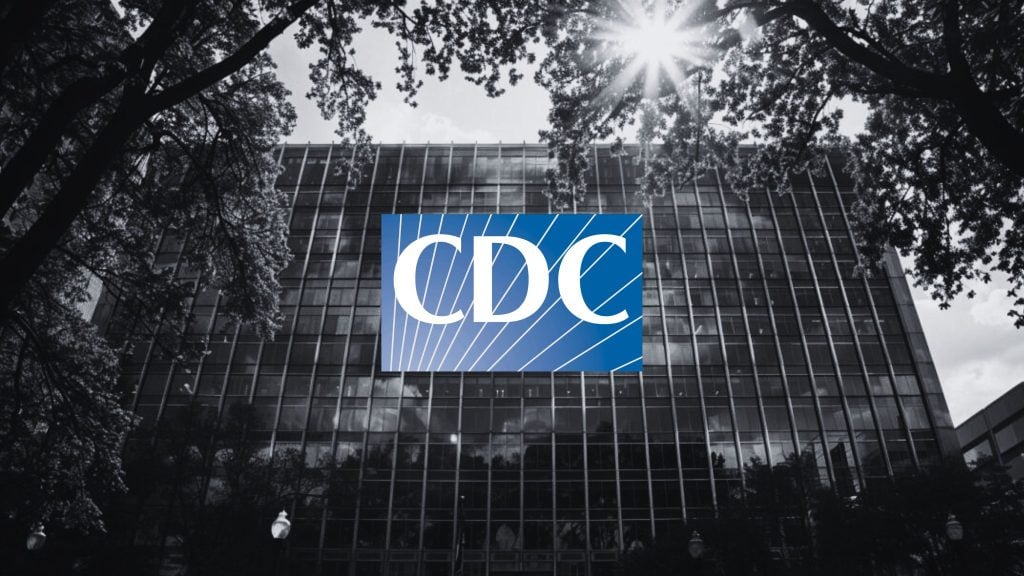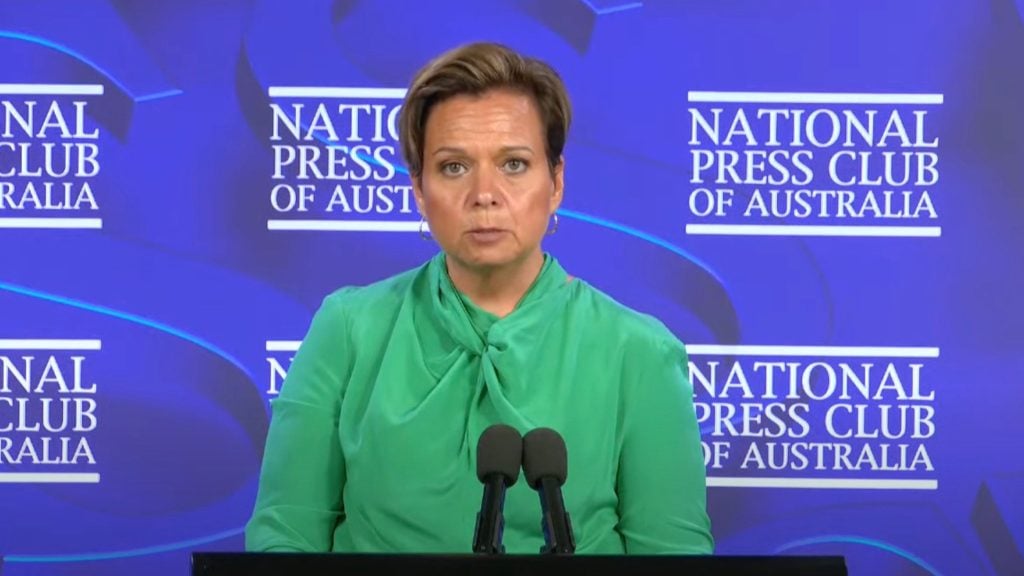YouTube has quietly changed its code after several internal metrics, including a video “throttling” label, were leaked via this codebase. The three metrics, which were visible in the code before YouTube made the change, appeared to show scores and labels that determine whether a video would be throttled on the platform.
The leaked metrics surfaced around October 8 and were visible in the code until October 29 when YouTube quietly changed the code and scrubbed these metrics. Before YouTube removed the metrics from the code, YouTubers Bowblax, Nicholars DeOrio, Optimus, and Josh Pescatore managed to do a deep dive on this code and analyzed how they affected over 200 channels.
Not only do their findings suggest that YouTube is using various proprietary internal metrics to suppress YouTubers but they also show that corporate brands, Hollywood stars, and YouTube’s so-called “authoritative sources” are often given preferential ratings.
1. Leaked P-Score

The first metric leaked via this code was YouTube’s P-Score (Preference Score). The P-Score is an internal metric that drives Google Preferred – a brand-safe advertising category that includes the top 5% of content on YouTube.
According to YouTube, the P-Score is designed to surface the most “engaging and brand-appropriate content on YouTube” for Google Preferred advertisers. Before it was discovered in the code, the P-Score was believed to be a hidden internal metric.
The code revealed that this P-Score was being applied to every YouTube video, regardless of whether it was in Google Preferred. Essentially YouTube was using this internal P-Score to rate how marketable every video is to prospective advertisers.
This P-Score is proprietary which means YouTubers are kept in the dark about how to raise their P-Score. The only information YouTube has released about how this P-Score is calculated is a video from April 2019 which discusses five broad signals that make up the score:
- Popularity (which is driven by watch time)
- Passion (which is based on how engaged an audience is with a channel)
- Protection (which is based on how brand-safe the content is)
- Platform (which highlights content that is watched on large screens)
- Production (which includes content that employs “sophisticated camera work and cinematic technique”)
Click here to display content from www.youtube-nocookie.com
After this P-Score was discovered in the code, Bowblax, Nicholars DeOrio, Optimus, and Josh Pescatore said that their research suggests that the P-Score is region-based and that YouTube channels generally have a higher P-Score in their home countries.
2. Leaked content label rating

Another metric leaked via this code was a content label rating which appears to be a six-tier age rating system.
The research indicates that this content label rating system affects monetization and distribution on YouTube in the following ways:
- Y: Super safe content that’s suitable for all YouTube viewers.
- G: Extremely family-friendly. Likely to get high CPMs and a boost in the “Protection” category which affects P-Score.
- PG: Generally family-friendly. Likely to get great CPMs and a boost in the “Protection” category which affects P-Score.
- Teen: Sometimes family-friendly. Likely to get a good CPMs with some ad limits.
- Mature: Rarely family-friendly. Likely to get lower CPMs if monetized.
- X: Age-restricted by default. Never monetized.
3. Leaked throttling rating

The third leaked metric in the code was code showing a “throttled” and “throttling” rating.
According to the research, there are two types of throttling:
- Brand safety throttling (which appears to limit ads on the video)
- Feature video throttling (which appears to limit video distribution in the algorithm)
4. P-Scores analyzed

Beyond discovering these leaked metrics in the code, Bowblax, Nicholars DeOrio, Optimus, and Josh Pescatore also compiled the P-Scores for over 200 channels.
The results were reflective of what we’ve been seeing on YouTube for some time – corporate brands, Hollywood stars, and “authoritative sources” dominate while the independent YouTubers that have helped grow the site are much lower on the list. Just one actual YouTuber, Linus Tech Tips, made it onto the list of top 10 P-Scores.
Click here to display content from www.youtube-nocookie.com
If you're tired of censorship and dystopian threats against civil liberties, subscribe to Reclaim The Net.









